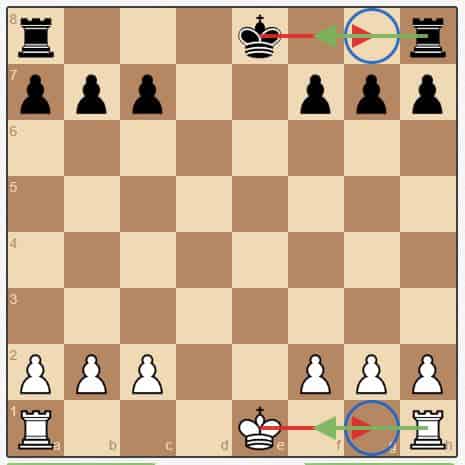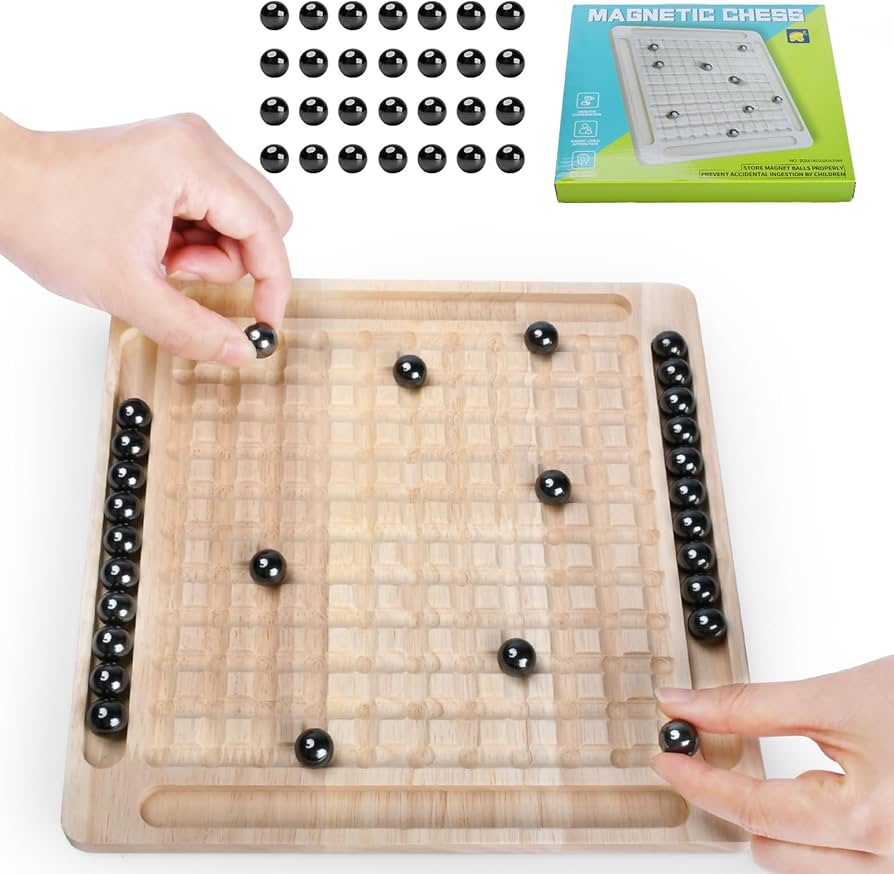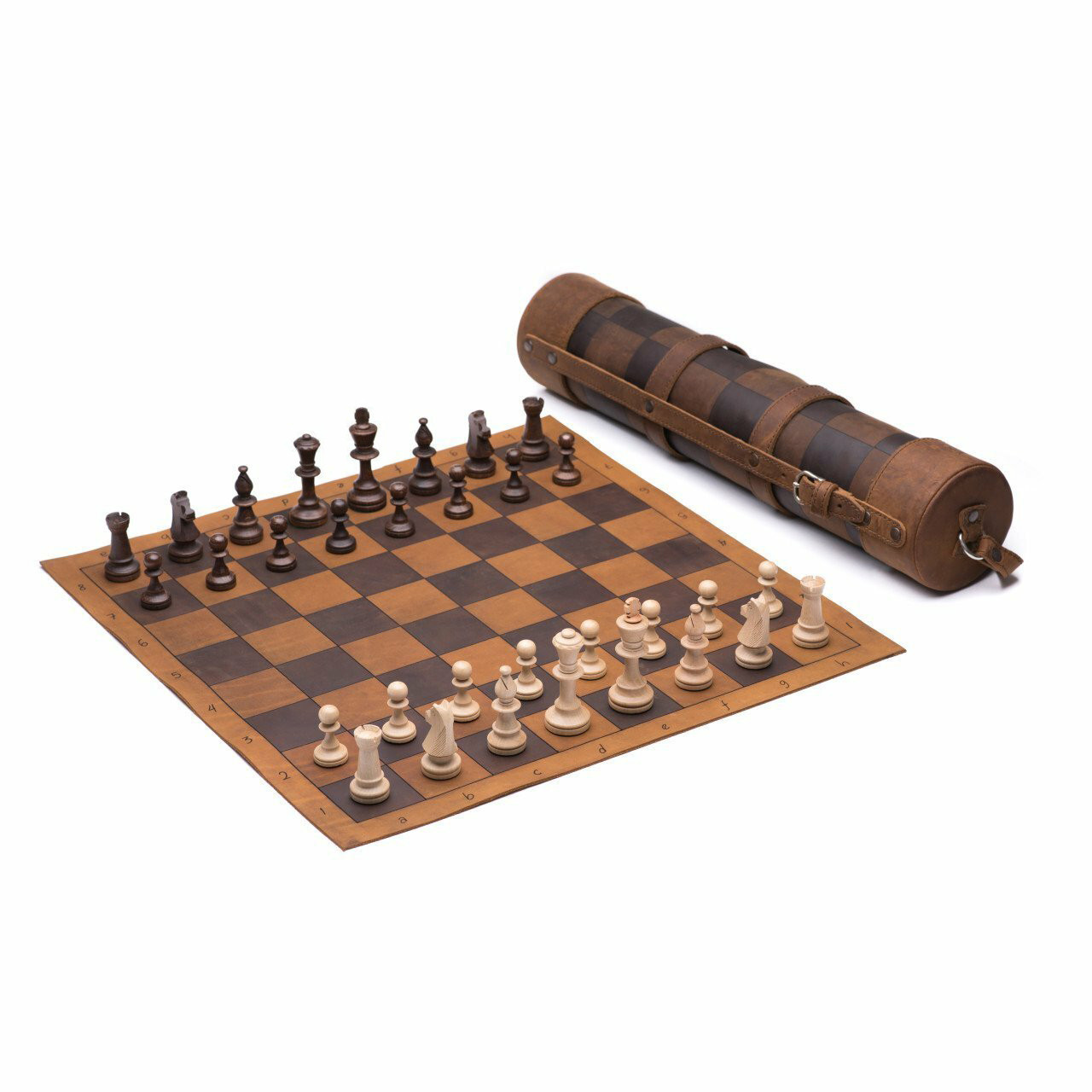Chess is a fun game. It has many rules. One important rule is castling. Castling helps protect your king. But can you castle after moving your king? Let’s find out.
What is Castling?
Castling is a special move. It involves the king and a rook. The king moves two squares towards the rook. The rook jumps over the king. They switch places in a way. This move can keep your king safe.

Credit: www.chessbazaar.com
How to Castle
There are two types of castling:
- Kingside castling
- Queenside castling
In kingside castling, the king moves two squares towards the rook on its right. The rook moves next to the king.
In queenside castling, the king moves two squares towards the rook on its left. The rook moves next to the king.
Steps To Castle
- Move the king two squares towards the rook.
- Move the rook next to the king.
It is simple once you know how.

Credit: www.chessable.com
Rules for Castling
There are some rules for castling:
- The king cannot be in check.
- The king cannot move through check.
- The king cannot land in check.
- There must be no pieces between the king and rook.
- The king and rook must not have moved before.
Can You Castle After Moving Your King?
No, you cannot castle after moving your king. This is a strict rule. If the king has moved, castling is not allowed.
Here is a simple table to explain:
| Condition | Can You Castle? |
|---|---|
| King has not moved | Yes |
| King has moved | No |
Why Can’t You Castle After Moving the King?
Castling rules keep the game fair. If the king moves, it is no longer in its starting position. This makes the game more challenging. It also encourages players to protect their king early in the game.
Other Castling Situations
Here are some other situations:
- If the rook has moved, you cannot castle.
- If there are pieces between the king and rook, you cannot castle.
- If the king is in check, you cannot castle.
- If the king moves through or lands in check, you cannot castle.
Benefits of Castling
Castling has many benefits:
- It protects the king.
- It connects the rooks.
- It helps control the center of the board.
When to Castle
It is good to castle early. Many players castle in the first 10 moves. This can help protect the king. It can also help prepare for an attack.
Practice Castling
To get better at chess, practice castling. Try different positions. See how castling can help you. Remember the rules. Do not move your king or rook before castling.
Common Mistakes
Here are some common mistakes:
- Moving the king or rook before castling.
- Castling while in check.
- Castling through check.
- Not clearing pieces between the king and rook.
Avoid these mistakes to play better.
Conclusion
Castling is an important move in chess. It helps protect your king. You cannot castle after moving your king. Remember the rules and practice. Soon, you will be a better chess player.







